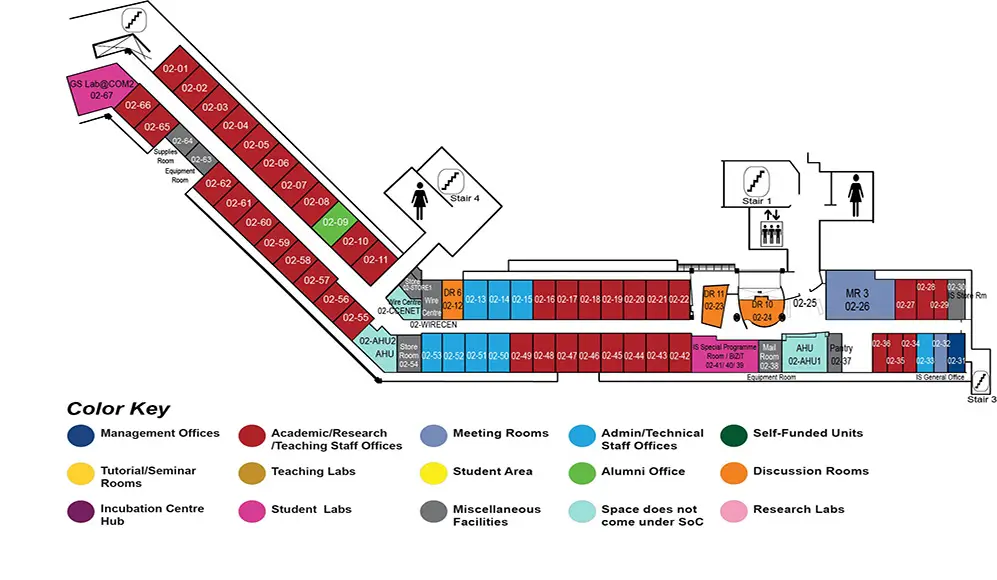Application of Multimedia in E-learning: Lecture Videos and Multimodal Systems
COM2 Level 2
MR3, COM2-02-26


Abstract:
The last decade has seen major shifts in the field of education - in both the generation of content as well as mode of delivery. With the affordable network infrastructure across the world as well as ubiquitous availability of smart-phones, tablets and personal computers, there is a growing demand of online educational material. These material come in the form of text-based websites or educational blogs as well as multimodal learning systems consisting of lecture videos, images, text and combinations of them. Using more than one media in the learning process typically provides better illustrations of the study materials, thus making the concepts more perceivable. These multimodal learning systems, as an effective method for helping students to understand complex concepts, have attracted much research interest recently. In this dissertation we aim to apply various techniques of multimedia to analyze and develop systems that would improve the experience of learning through online education.
The crowd sourced web-based encyclopedia, Wikipedia is another source of educational material that is referred to by students on a regular basis, sometimes as frequently as daily. These Wikipedia articles, together with the public videos available on YouTube, Videolectures.Net, etc. provide important supplementary reference materials for e-learning. Students would benefit if both the text as well as videos were presented to them in a combined platform. In the first study, we use topic modeling to map such videos and articles in the common semantic space of topics and recommend the videos with high similarity values for the further explanation of the concepts present in the articles. This integrated framework reduces the users? efforts in searching for relevant e-learning videos. Moreover, it provides a mechanism for searching lecture videos based on the course content present in them.
The lecture videos uploaded on the video-sharing sites are mostly grouped by the subject of the lecture. However there are overlaps between the subjects while considering the content covered as part of the course, e.g., a lecture on probability can be grouped under Statistics and also Mathematics. Hence, course content-wise, some of the lecture videos can belong to more than one subject and students searching for the content of the lecture, might miss some of these videos as they are labeled by their subject alone. In our second study, we designed and implemented a novel technique for clustering online lecture videos based on the academic material covered in the lecture.
The increase in user generated videos hosted on video-sharing sites like YouTube, Videolectures.net, has resulted in an increase in the number of lecture videos also. More and more universities sharing their lectures online have also added to the content duplication in the field of lecture videos. Often there are too many videos on the same topic hosted on these video-sharing sites. However, even though these videos are similar to each other in terms of academic content, there are differences in the learning experience for the students when presented with the videos. This is because the videos vary in their image resolution, mode of lecture delivery, speed of lecture delivery and other such factors. Hence in the third study, we explore the various multimodal features of the lecture videos which affect the users experience. We also conduct a user survey to validate our hypothesis and finally design a ranking system to rank videos based on the quality of their multimodal features.
Learning management systems (LMS) provide the users/ students the benefit of various kinds of learning material as a part of a composite systems. Teachers using these systems as a part of curriculum design the courses using the various attributes of the LMS and the study material is handed out to the student. The students then perform their online study inside the purview of these LMS and report their comprehension of the material by taking tests available as part of the LMS. In the fourth study of this dissertation, we analyze one such LMS called Multimodal Analysis Image/Video (MMA) that provides students with multimodal study materials. The students performed an annotation-based study and their study was then analyzed and represented as a vector space model and the students? performance were ranked based on this model.

